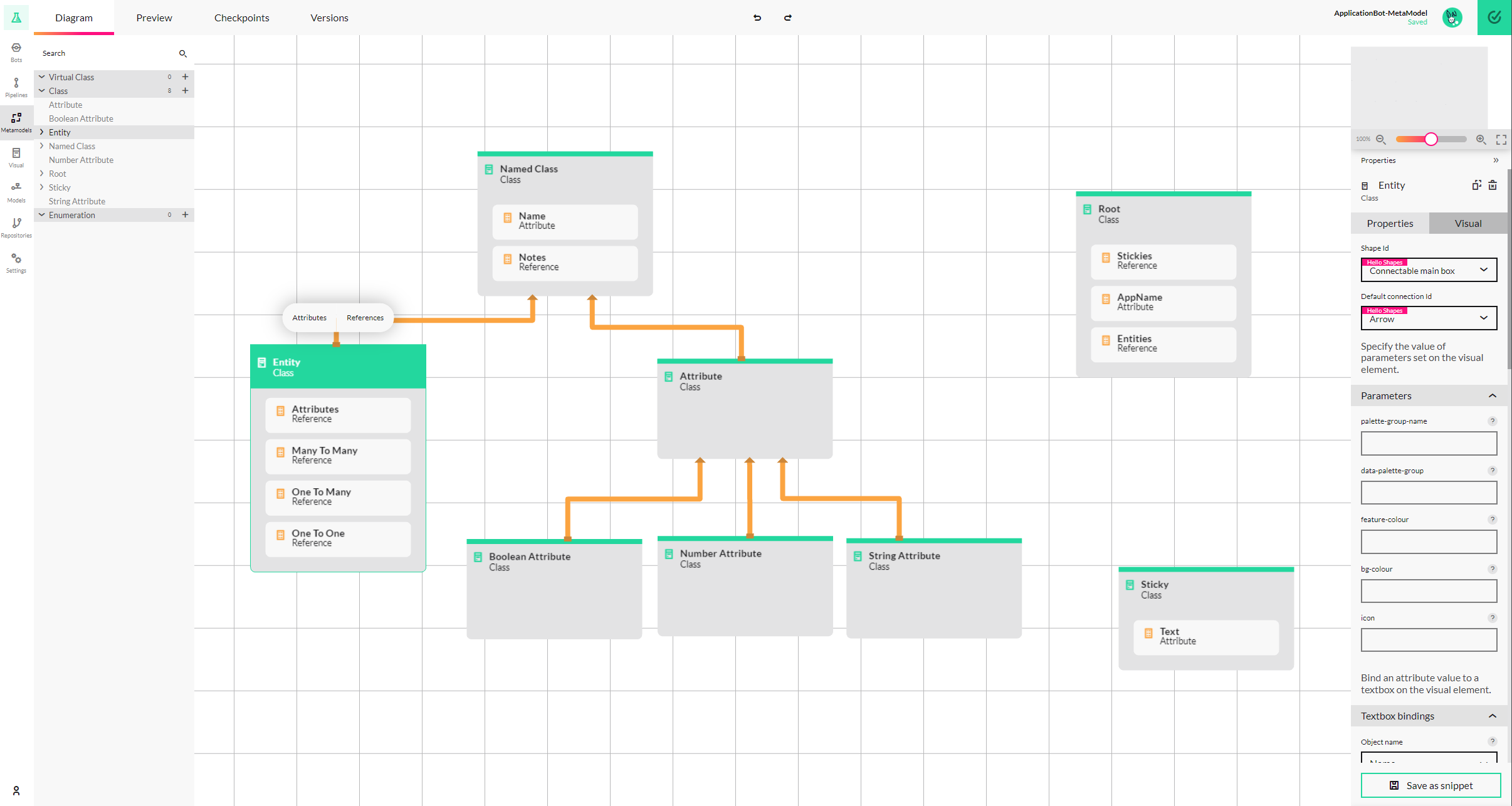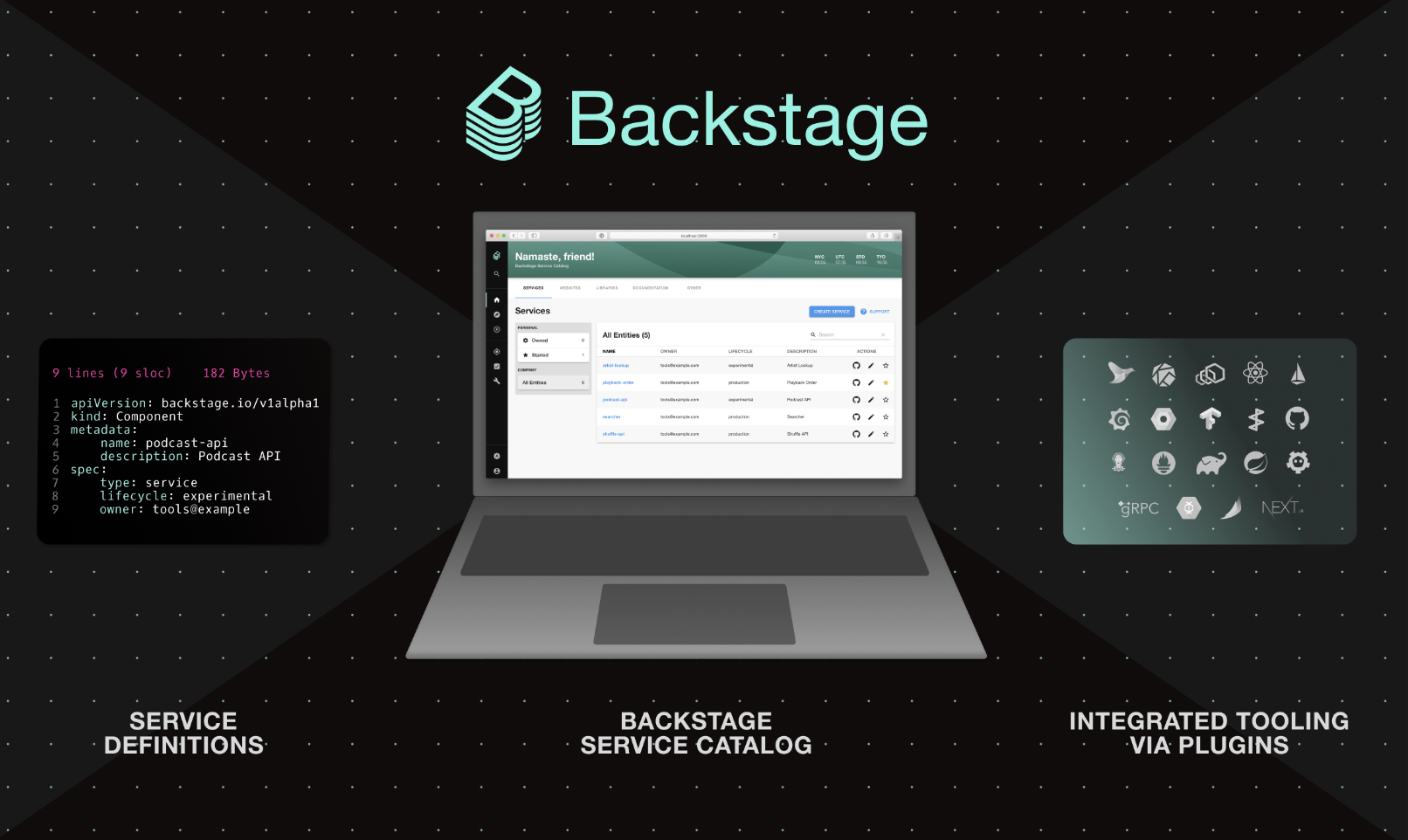What is IDP?
Platform engineering, also referred to as an Internal Development Platform (IDP), is a crucial component of modernising enterprise software delivery, particularly within digital transformations. Platform engineering is an emerging technology approach that has the ability to accelerate application delivery enabling businesses to generate value and productivity. IDP is able to do this by enhancing the developer experience and productivity through self-service capabilities and the automation of development tasks. This has resulted in increasing use of IDP amongst the software community, because of its success in optimising the developer experience and accelerating the delivery of customer products.

Platform engineering addresses the challenges of finding a balance between standardising infrastructure and applications while giving developers the freedom to customise applications and self-serve the technologies they need. This enables developers to configure, deploy, and manage application infrastructure without relying on the operations team.
Platform engineering comprehends of a set of integrated tools, services, and infrastructure provided by businesses to its internal development teams, aiming to streamline and accelerate the software development process. As companies grow and accumulate larger codebases, the complexity of their system increases internal platforms serve to “hide” the complexities of the technical landscape, reducing the cognitive load on developers. The internal platforms are constructed from modular building blocks assembled to support software pipelines. Common pipeline building blocks include monitoring systems, log aggregators, CI/CD pipelines, compute orchestrators, and container orchestrators.
Kaspar Von Grunberg, CEO of Humanitec, definition of an IDP.

Emerging Trends
In House Platform
Codebots is WorkingMouses in house platform engineering tool that modernises enterprise software delivery for digital transformation and legacy systems. The platform, empowers cross-functional software teams with reusable tools and capabilities through model driven engineering and DevOps. Codebots is maintained by a dedicated product team, allowing teams to develop solutions with complete product ownership and adherence to industry standards. A Codebot is a bot that writes code, providing benefits such as consistent architecture, high test coverage including UAT’s, and decreased costs over the entire project lifecycle. Find out more about the tools we use at WorkingMouse and the benefits of Codebots.

How does Codebots fit into platform engineering?
- Code generation
- Customisation
- Collaboration
- Quality Assurance
- Documentation
- Iterative Development
- Integration
Codebots simplifies the development process, promotes collaboration, enforces coding standards, and enhances the quality of software applications, which are crucial aspects of platform engineering. This allows development teams to focus on innovative features while automating routine tasks, contributing to more efficient and scalable platform development.
WorkingMouse used their in-house internal development platform, ‘Codebots’ within the Trackerbot Department of Defence project to create meta models. For a comprehensive understanding of this project, please refer to our full case study
Backstage: From Spotify to the World
In today's fast-paced tech-driven world, optimising developer productivity is a top priority for many organisations. Efficiently managing the tools, resources, and services involved in software development can be a daunting task. This is where Backstage, an open-source platform, comes into play, offering a solution that enhances the developer experience and streamlines internal developer platforms. Let’s dive into Backstage and explore how it is transforming the way organisations build centralised developer portals.
Backstage was born out of necessity at Spotify. Whilst the company was continuing to expand, its infrastructure became more fragmented, leading to decreased developed productivity. Backstage had a vision along with believing that excellent developer experience would lead to happy, creative, and productive engineers.

Enhancing Experiences
Here are some benefits of Backstage and why its emerging in the world of software development.
Core Developer Portal Features: Streamlines access to software catalogs, templates, and documentation, simplifying onboarding, collaboration, and knowledge sharing
Self-Service Capabilities: Empowers teams to create compliant workloads independently, reducing the need for central oversight
Integration with DevOps Tools: Seamlessly integrates with various DevOps tools, streamlining the software development lifecycle.
Visibility and Governance: Offers visibility into project status and facilitates governance policy implementation
Customisation: Organisations can tailor backstage to their workflows, branding, and internal processes.

The open-source platform designed to create centralised developer portals and IDP within organisations fundamentally improves the developer experience. Backstage is able to provide this by delivering core features such as software catalogs, QuickStart templates, documentation explorer, and a robust plugin ecosystem. Spotify originally developed Backstage as an internal developer portal and later donated it to the Cloud Native Computing Foundation (CNCF).
The CNCF, part of the Linux Foundation, plays an important role in the Backstage story. CNCF’s mission is to make cloud-native computing global, enabling organisations to build and run scalable applications in modern dynamic environments. CNCF fosters an ecosystem of open-source, vendor-neutral projects related to cloud-native computing.
Key aspects of CNCF include its commitment to open source, cloud-native technologies, community-driven development, and interoperability. It distributes popular projects and technologies used in the cloud-native ecosystem, providing a vendor-neutral home for these projects.
Additionally, CNCF is widely supported with:
- 164 CNCF projects
- 215,000+ CNCF project contributors
- 814 CNCF members
- 64,00+ cloud native members
Conclusion:
In conclusion, both Codebots and Backstage.io stand for excellent tools within the realm of platform engineering, each addressing important aspects of the development process. Codebots excels in automating routine tasks, enforcing coding standards, and promoting collaboration, enabling development teams to focus on innovation and delivering high-quality software applications.
On the other hand, Backstage.io, in conjunction with the CNCF, offers a centralised platform for managing the complexity of modern software development. It simplifies access to tools, fosters collaboration, and streamlines workflows, making it an invaluable resource for organisations navigating the complexities of the digital transformation.
Together, these tools underscore the importance of platform engineering in today's digital environment. Both incorporating principles of efficiency, collaboration, and openness, which are essential for organisations looking to succeed in the evolving digital world. As technology continues to advance, the adoption of platform engineering tools such as Codebots and Backstage.io will remain fundamental in driving innovation, scalability, and success.





